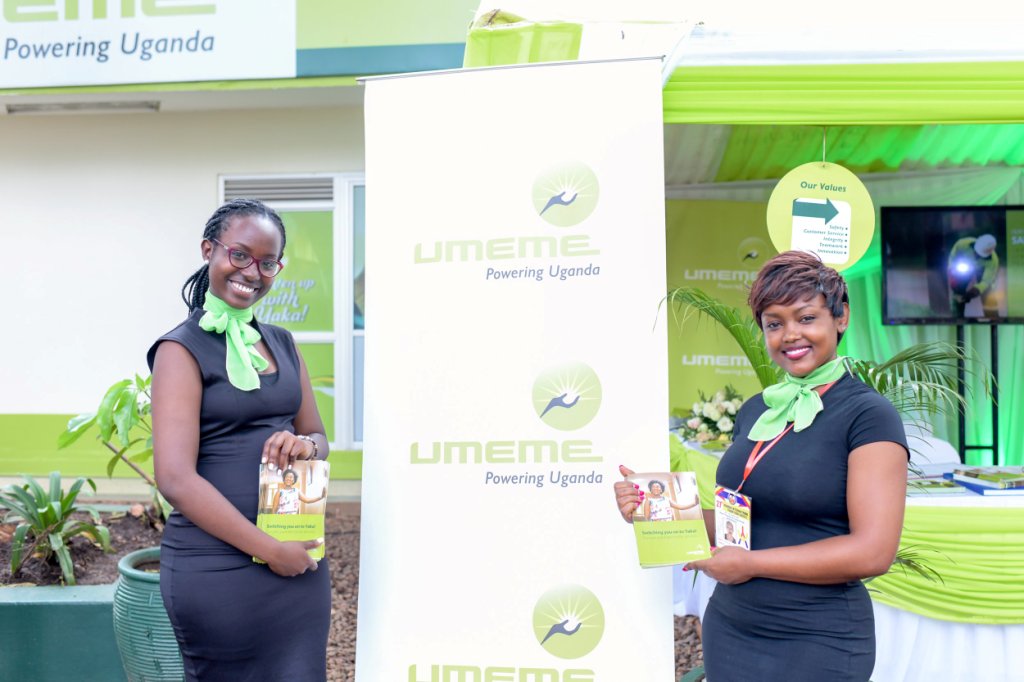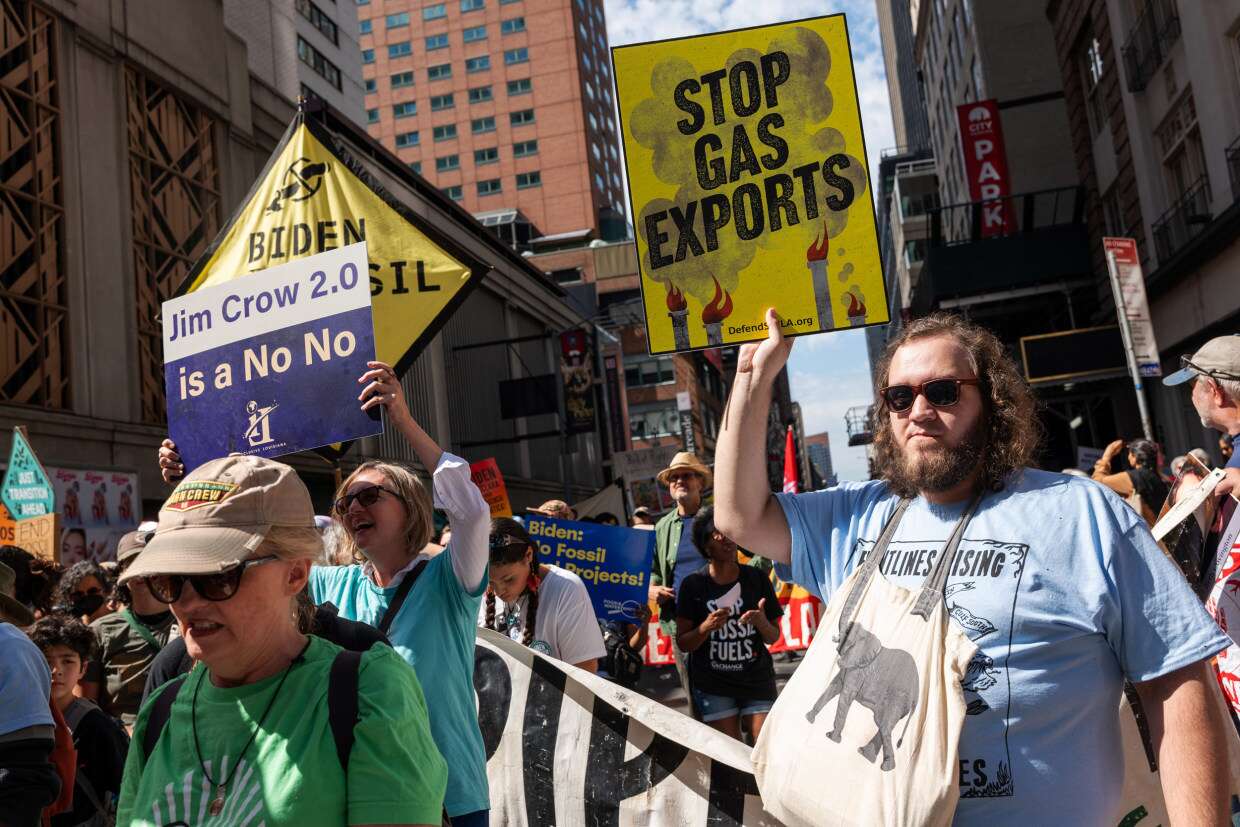A decade after a prominent Ugandan journalist scrutinizing an article on electricity cost and subsidies, the intricate landscape of electricity pricing in Uganda continues to raise concerns. The delicate balance between affordability and sustainability poses a significant challenge for Uganda’s electricity sub-sector, especially state-owned companies (SOCs), such as UEGCL, UETCL, and UEDCL.
Globally, utility pricing, particularly for electricity, remains a perplexing issue. Electricity pricing serves as a potent regulatory tool, seeking equilibrium between ensuring reliable service delivery through full cost recovery tariffs and maintaining service affordability, especially crucial in developing nations. However, the stark reality is that tariffs for electricity SOCs often fall short of full cost recovery.
Uganda’s reliance on government subsidies for SOCs creates an unsustainable situation. The blurred line between electricity as a paid-for service and a public service further complicates the determination of subsidy scope and necessity. According to the World Bank, a utility attains long-term financial sustainability when all costs are fully recovered from consumer payments.
Uganda’s Energy Policy 2023 outlines ambitious targets, requiring substantial investments. The pursuit of tariff reduction, as indicated by ERA’s performance targets, contrasts with broader policy objectives like increasing generation capacity and access. The balance between tariff reduction and sector sustainability is delicate, evident in past tariff increases for financial viability.
Government subsidies aim to make electricity affordable and attract investments, with the President advocating for a tariff of 5 US cents per kWh for industries. However, this subsidy comes with challenges, compromising service quality and disproportionately benefiting profitable entities. The burden of subsidies falls heavily on SOCs, leading to operational inefficiencies and power outages.
To address financial sustainability, suggested tariff reforms include removing generation tariff subsidies, reconsidering subsidies for industries based on eligibility criteria, and redirecting resources from tariff affordability battles to long-term sector financial sustainability.
Navigating Uganda’s electricity pricing requires a delicate balance between affordability and sustainability. Tariff and subsidy reforms are crucial for the financial sustainability of SOCs and achieving energy policy objectives.




















